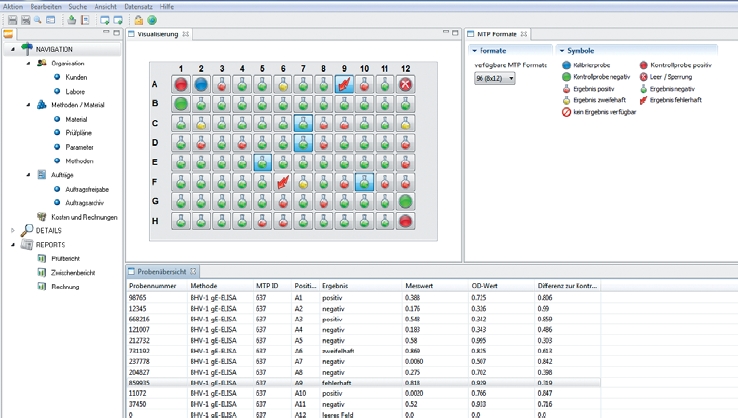lisa.lims – laboratory management made to measure
Designed as an integrated LIMS (laboratory information and management system), lisa.lims handles general administrative tasks and helps laboratory management organize, plan and implement all order-based workflows efficiently and securely in compliance with rules and standards.
Always up to date – lisa.lims evolves with your lab
Since it was first installed in 1984, t&p lisa.lims has been continuously enhanced as the company’s flagship product and is now used by more than 130 customers with over 10,000 users worldwide.
Customize lisa.lims with the help of our expertise
lisa.lims is a cross-industry application. But we know that each laboratory has very specific requirements for its LIMS. That is why we have developed industry-specific modules. You can find out more in the “Industries” section of our website.
The foundation of this evolution is formed by our close working relationship with our clients and our multidisciplinary teams. Every installation of lisa.lims is a unique project, to which our scientists, business experts, engineers and IT specialists contribute a wealth of experience.

Economic aspects of lisa.lims
lisa.lims - customizing features
lisa.lims - interfaces
You avoid unnecessary data entry and transcription errors, and benefit from immediate availability of data in lisa.lims or external systems. Communication takes place by using such options as exchange of XML files, database links or web services. When interfacing in specific to SAP, we can make use of RFC, iDOC or web services. Examples of integrated software are ERP (e.g., SAP, Navision), MES and PPS systems.
Connecting and controlling laboratory robots and measurement devices enable highly automated solutions to be implemented. There are also interfaces to the systems of national and international government officials.
lisa.lims sends e-mails using the standard SMTP protocol and communicates with document management systems such as Documentum.
Standardized interfaces integrate lisa.lims seamlessly into the IT environment of modern corporate structures.
- Integration of measurement devices and laboratory automation systems
- Certified SAP QM-IDI interface (via web service)
- Enterprise Resource Planning (ERP) systems (Microsoft, ORACLE, SAP, …)
- Manufacturing Execution Systems (MES)
- Process Control Systems (PCS)
- Interfaces with regulatory officials (e.g., data processing, HIT, TEIS, …)
- Online interfaces via web services
- Communication with LIM systems




